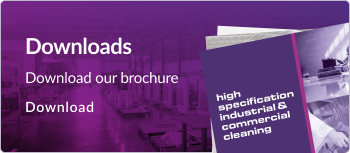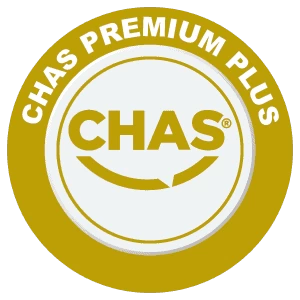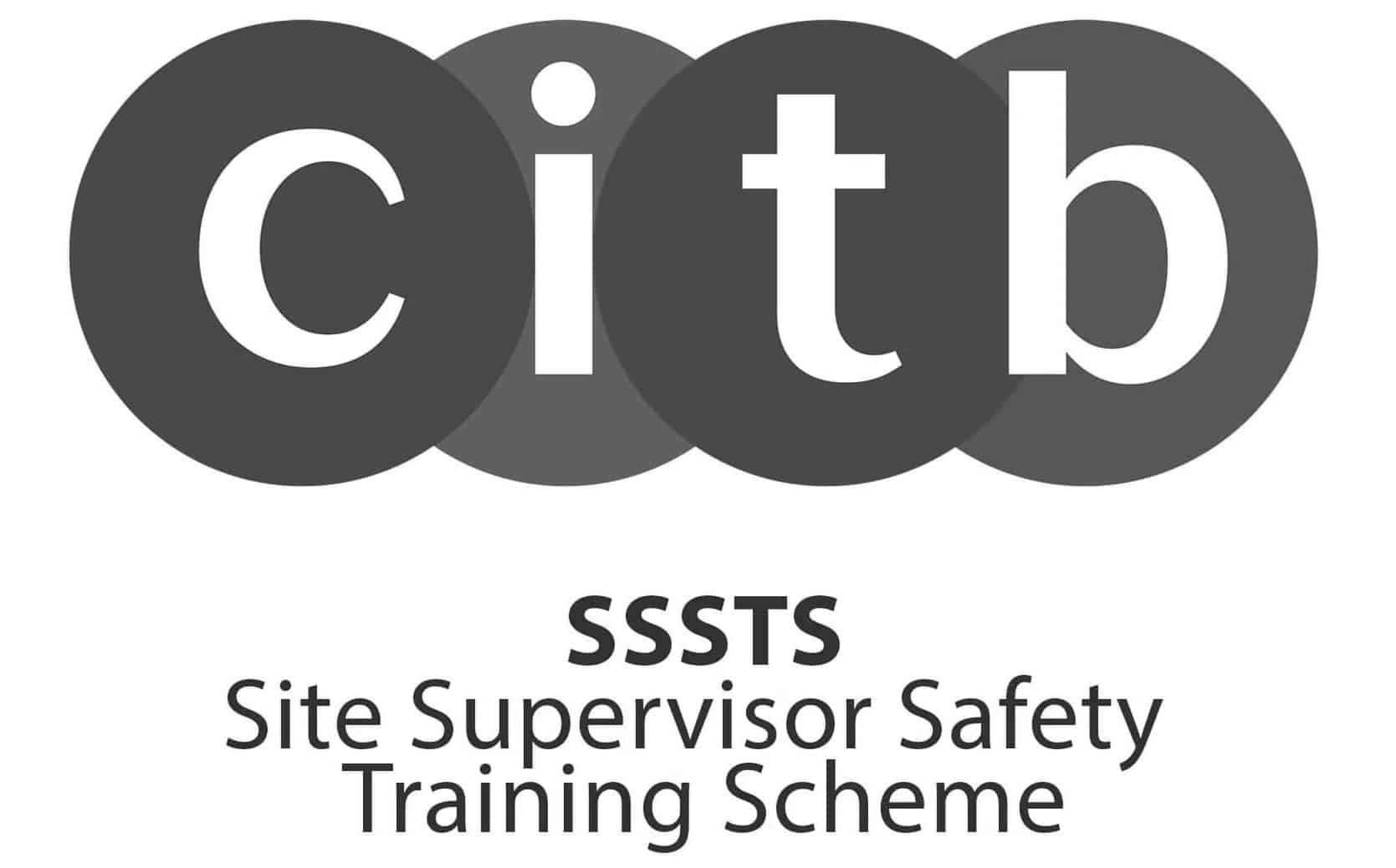Maintaining impeccable cleaning standards in a food manufacturing environment is not just best practice, it’s a necessity. Ensuring the highest levels of hygiene protects consumers, meets regulatory requirements, and upholds your brand’s reputation. In this guide, we’ll explore effective strategies for maintaining high standards of cleaning in food production settings.
Why Cleanliness in Food Manufacturing Is Crucial
Food manufacturing facilities are susceptible to contamination from various sources, including raw materials, equipment, and human contact. The implications of inadequate cleaning range from product spoilage to severe foodborne illnesses, which can lead to costly recalls and significant reputational damage. The Food Standards Agency reported that around 2.4 million cases of foodborne illness occur in the UK every year, many of which are linked to poor hygiene in food production.
Key Risks Include:
- Microbial Contamination: Bacteria such as Salmonella, Listeria, and E. coli can thrive in improperly cleaned areas.
- Cross-Contamination: Ingredients, allergens, and pathogens can transfer between surfaces and products.
- Physical Contaminants: Foreign objects like metal fragments or plastic can compromise product safety.
Regulatory Requirements for Cleaning in Food Manufacturing
The Food Standards Agency set stringent guidelines for hygiene in food production. The FSA’s regulations mandate that food premises must be kept clean and maintained in good repair, all things that can be easily let slip if you’re not using professional teams to ensure they’re upheld.
Developing a Comprehensive Cleaning Plan
A robust cleaning plan should be tailored to the specific needs of your facility, accounting for the types of food processed, equipment used, and production schedules. Key elements include:
1. Risk Assessment
Conduct a thorough risk assessment to identify critical control points where contamination is most likely to occur. This may include areas where raw and cooked foods interact or where allergens are present.
2. Cleaning Schedules
Develop daily, weekly, and monthly cleaning schedules. High-touch areas like door handles and equipment controls should be cleaned more frequently than lower-risk zones.
3. Standard Operating Procedures (SOPs)
Create detailed SOPs for every cleaning task, specifying:
- Cleaning agents and their concentrations
- Required personal protective equipment (PPE)
- Step-by-step instructions
- Rinsing and drying methods
Selecting Appropriate Cleaning Agents
Choosing the right cleaning agents is crucial for effective sanitation. Food-safe detergents and sanitisers should be used to remove residues and kill harmful microorganisms. Ensure that cleaning products are suitable for use on surfaces in direct contact with food and that they are stored separately from production areas to prevent contamination.
Implementing Effective Cleaning Techniques
1. Cleaning-In-Place (CIP)
CIP systems are ideal for cleaning interior surfaces of equipment without disassembly. They are effective for tanks, pipelines, and mixers, ensuring thorough cleaning while minimising downtime.
2. Manual Cleaning
For equipment that cannot be cleaned in place, manual cleaning is necessary. Use dedicated brushes, scrapers, and cloths to remove residues, ensuring that each tool is colour-coded to prevent cross-contamination.
3. Steam Cleaning
Steam cleaning is highly effective in eliminating bacteria and allergens, especially in hard-to-reach areas. It also reduces the need for chemical sanitisers, making it an eco-friendly option.
Employee Training and Hygiene
Staff play a pivotal role in maintaining cleanliness. Regular training should cover:
- Proper handwashing techniques
- Correct use of PPE
- Identifying and reporting hygiene risks
Encourage a culture of accountability where employees understand the importance of hygiene and feel responsible for maintaining standards.
Monitoring and Verification
Effective cleaning must be verified through:
- Swab Tests: To detect residues and microbial presence
- ATP Testing: To measure organic material levels, indicating overall cleanliness
- Regular Audits: Internal and external audits ensure compliance with standards and identify areas for improvement.
Record Keeping and Documentation
Maintain comprehensive records of all cleaning activities, including:
- Cleaning schedules
- SOPs
- Training records
- Verification and test results
Proper documentation demonstrates compliance with regulatory requirements and provides traceability in the event of an issue.
The Role of Professional Cleaning Services
There’s a lot to understand, and adhere to, so partnering with a specialised cleaning service can be invaluable. Professional cleaners bring expertise, advanced techniques, and specialised equipment tailored for food manufacturing environments.
Real Cleaning offers high-specification cleaning services that meet stringent industry standards, ensuring that your facility remains compliant and safe for production.
Addressing Common Cleaning Challenges
1. Residue Build-Up
Continuous production can lead to residue build-up on equipment. Implementing routing deep cleaning prevents accumulation and ensures consistent hygiene.
2. Equipment Downtime
Scheduled cleaning can interrupt production. Consider staggered cleaning schedules or CIP systems to reduce downtime.
3. Chemical Residue
Improper rinsing can leave chemical residues that may contaminate food. Always adhere to manufacturer guidelines for rinsing and drying.
Preparing for Audits and Inspections
Routine audits from the FSA or BRC require thorough preparation. Ensure that:
- Cleaning records are up to date and easily accessible
- All cleaning agents are approved and stored correctly
- Staff are trained to answer auditor questions confidently
Continuous Improvement
Regularly review and update your cleaning procedures to reflect changes in production, new regulations, or emerging risks. Encouraging feedback from employees can lead to practical improvements in daily practices.
Maintaining high standards of cleaning in a food manufacturing environment is vital for consumer safety, regulatory compliance, and brand integrity. By developing a tailored cleaning plan, training staff, utilising effective cleaning techniques, and embracing technology, you can safeguard your facility against contamination and ensure the highest levels of hygiene.
At Real Cleaning, we are committed to delivering top-tier cleaning services that meet the highest standards across all sectors. Our trained team uses advanced techniques and specialised equipment to ensure that every aspect of your premises is cleaned and maintained.
Our comprehensive approach improves the appearance and functionality of your facilities and promotes health, safety, and efficiency as the core of everything.
Find out more about our cleaning services, get a quick online quote or get in touch for a more in depth conversation today!

















